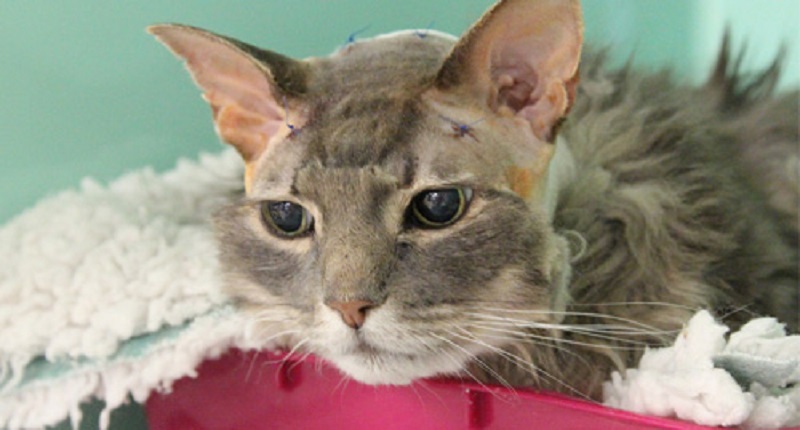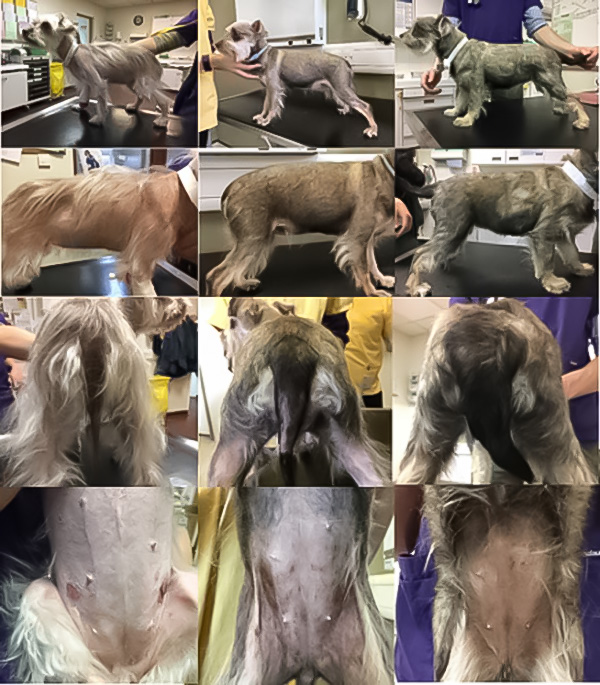Emergency contact: 01707 666399
Hypophysectomy
The RVC’s highly experienced team was the first veterinary centre in the UK to offer hypophysectomy surgery and have since performed the procedure on more than 100 pets.
Many years later, the RVC now boasts one of the world’s most experienced and proficient teams of skilled neurosurgeons, anaesthetists, criticalists and internal medicine specialists that successfully perform this unique procedure regularly.
Transsphenoidal hypophysectomy is a technically challenging surgery to perform, whereby a tumour affecting the pituitary gland is removed from the base of the brain through the soft palate in the mouth. This procedure is most frequently performed at the RVC in patients with hormone-producing tumours. The RVC team was the first in the UK to treat cats with acromegaly (hypersomatotropism) and is now also routinely performing hypophysectomy in dogs (and the occasional cat) with pituitary-dependent Cushing’s syndrome (hyperadrenocorticism).
Hypophysectomy for acromegaly in cats
We consider surgical hypophysectomy to be the optimal treatment option for acromegaly. It is associated with a 70% rate of cats achieving complete diabetic remission post-operatively, with significant improvements in insulin responsiveness seen in the remaining cats. Hypophysectomy also only involves one general anaesthetic procedure, making it preferable to radiation therapy. Alternative treatment options are limited, since medical treatment is currently cost prohibitive and medical management of the diabetes mellitus alone is often extremely challenging and unrewarding. Cats typically stay in the hospital for 7-10 days post-operatively whilst we stabilise their diabetes mellitus.

Hypophysectomy for pituitary-dependent Cushing’s syndrome in dogs
Hypophysectomy is an excellent treatment option for pituitary dependent Cushing’s syndrome. Dogs recover very quickly post-operatively and are often discharged from hospital after 4-5 days. Resolution of the clinical signs of Cushing’s is very quick (see our photos of Poppy below) and dogs demonstrate an excellent quality of life post-operatively. Other options are available for treatment of pituitary dependent Cushing’s syndrome, including life-long trilostane therapy and radiotherapy, which results in a reduction of tumour size and associated neurological signs; however, hormone improvement remains very variable.

Through offering surgical hypophysectomy as a treatment option, the RVC team have since successfully cured many diabetic acromegalic cats and cushingoid dogs.
Further Information
Further information for owners and referring veterinary surgeons regarding hypophysectomy can be found using the following links:
- Vets – Hypophysectomy FAQ Padlet
- Owners – Hypophysectomy FAQ Padlet

